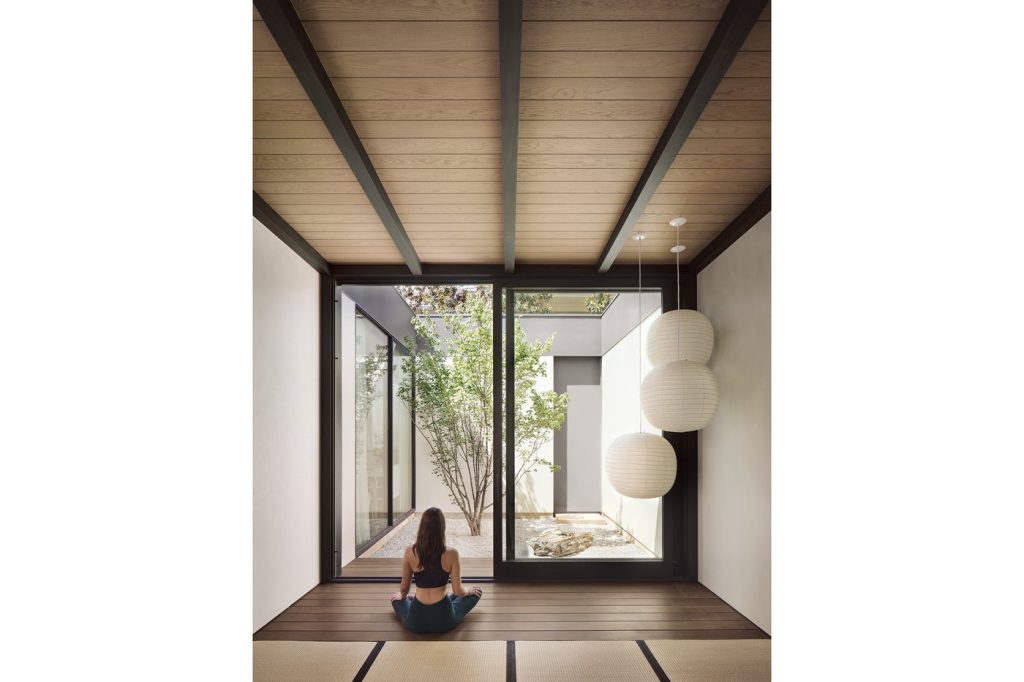In recent years, homes have evolved into multifunctional spaces, particularly due to the pandemic. As people spend more time at home, these environments have transformed into areas where work, play, and relaxation coexist. Dens are now utilized as offices, extra bedrooms serve as workout zones, and dining rooms are adapted into creative spaces. This shift has led to the rise of wellness rooms, designed to be sanctuaries of self-care.
Designer Gonzalo Bueno, owner of the Dallas-based firm Ten Plus Three, highlights the growing demand for wellness spaces such as home gyms, music rooms, meditation areas, and Zen gardens. An example of this trend can be seen in a renovation project in Austin, Texas, which features an outdoor Zen garden flanked by a meditation room and a soaking tub in the primary bath, both overlooking a tranquil green space.
Technological integration into wellness practices has become increasingly popular. "Soundbathing," involving immersion in soothing sounds, has made its way into home design, presenting homeowners with the option to create their own soundbathing studios. Simple setups can include pillows, yoga mats, essential oils, and dim lighting paired with recorded nature sounds or meditative music.
For those looking for a deeper luxury experience, advanced shower units that combine tech with customizable features for water, steam, lighting, and music are available. Additionally, while traditional steam saunas remain popular, infrared saunas have emerged as easier-to-install alternatives, often equipped with Bluetooth audio and mood-enhancing color lights.
Jack Ovadia, the founder of his design firm in New York, emphasizes the importance of private wellness spaces that allow individuals to disconnect from the outside world. His projects include a one-person onsen-style tub designed in a serene setting, as well as multifunctional wellness rooms that incorporate elements such as saunas and cold plunge tubs. Ovadia suggests that wellness rooms serve as retreats that foster quiet contemplation.
Beyond tranquility, wellness rooms can also celebrate creativity and energy. Bueno mentions the increasing popularity of music rooms as spaces for artistic expression, where clients can enjoy their passions, whether it's music, art, or entertaining. Recent projects include creating spaces for clients with extensive vinyl collections or areas designed for family gatherings centered around music.
To set the tone of these wellness environments, using natural materials and calming colors is crucial. Designers advocate for incorporating elements like tan oak, cork, and bamboo, as well as soothing lighting options. Knickknacks like small table lamps can enhance the ambiance by providing a soft glow and nature sounds. For more energetic spaces, vibrant design elements, such as red accents in a home gym, can motivate and energize users. Engaging art pieces, such as neon signs, add to the lively atmosphere, whereas tranquil artwork complements relaxation spaces.
For those who find themselves short on space for a designated wellness room, community options are emerging. Public wellness spaces, referred to as social spas, are becoming increasingly popular, offering a blend of spa services and social activities. These places create environments for self-care that foster shared experiences, illustrating that wellness can indeed be a communal journey rather than merely an individual routine.










